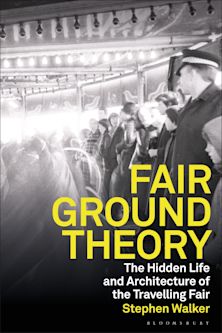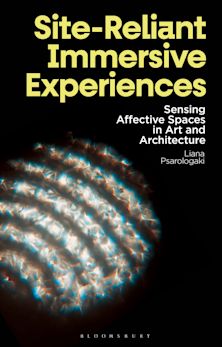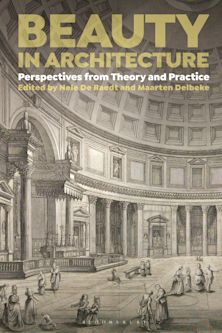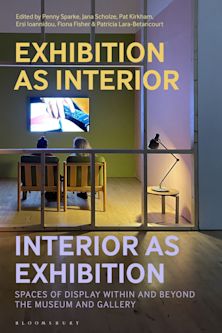- Home
- ACADEMIC
- Architecture
- Architectural Theory, Culture and Criticism
- Boredom, Architecture, and Spatial Experience
You must sign in to add this item to your wishlist. Please sign in or create an account
Description
Boredom is a ubiquitous feature of modern life. Endured by everyone, it is both cause and effect of modernity, and of situations, spaces and surroundings. As such, this book argues, boredom shares an intimate relationship with architecture-one that has been seldom explored in architectural history and theory.
Boredom, Architecture, and Spatial Experience investigates that relationship, showing how an understanding of boredom affords us a new way of looking at and understanding the modern experience. It reconstructs a series of episodes in architectural history, from the 19th century to the present, to survey how boredom became a normalized component of the everyday, how it infiltrated into the production and reception of architecture, and how it serves to diagnose moments of crisis in the continuous transformations of the built environment.
Erudite and innovative, the work moves deftly from architectural theory and philosophy to literature and psychology to make its case. Combining archival material, scholarly sources, and illuminating excerpts from conversations with practitioners and thinkers-including Charles Jencks, Rem Koolhaas, Sylvia Lavin, and Jorge Silvetti-it reveals the complexity and importance of boredom in architecture.
Table of Contents
Preface
Foreword by Iain Borden
Acknowledgements
Introduction: Boredom as Architecture
1. A Component of Modernity
Differential Distances
2. Fascination and Aversion
3. Søren Kierkegaard's Babylonian Tower
4. Catherine Gore and Charles Dickens: Idle Restlessness/Restless Idleness
5. Blunting and Jading
6. Coney Island, Misleading Structures
Circular Trajectories
7. A Unity of Disarray
8. Martin Heidegger's Urge to Be at Home
9. Oran, the Capital of Boredom
10. International Style Confusions: Sigfried Giedion
11. Los Angeles, Flat Enough
Extended Thresholds
12. Potential Architectures
13. Andrew Benjamin's Antithesis to Boredom
14. Boredom in Domus
15. Servitude and Liberalism: Russell Kirk
16. Charles Jencks, Rem Koolhaas, and the Generic
17. Jorge Silvetti and Sylvia Lavin: Unamused Muses and Lying Fallow
Epilogue: Architectures of Boredom
Bibliography
Index
Product details
| Published | 11 Feb 2021 |
|---|---|
| Format | Ebook (PDF) |
| Edition | 1st |
| Extent | 272 |
| ISBN | 9781350148147 |
| Imprint | Bloomsbury Visual Arts |
| Illustrations | 20 bw illus |
| Publisher | Bloomsbury Publishing |
About the contributors
Reviews
-
What if architectural creativity is not only grounded in knowledge and skill but equally in a state of mind, a mood? Improbable though the suggestion may be, this original and marvelously well-studied book shows that from the 19th century onward boredom became a force that focused concentration and compelled experimentation.
David Leatherbarrow, University of Pennsylvania, USA
-
A fascinating exploration of boredom that builds on 19th-century literary narratives to understand its contemporary spatial manifestations. Parreno meanders through a multitude of boredoms, from the domestic to the monumentally bureaucratic, and from the modern generic to endlessly varied imagery-revealing unexpectedly reassuring aspects of boredom in the process.
Lara Schrijver, University of Antwerp, Belgium
-
Parreno liberates scholars from the perils of straightforward interpretations and analysis ... [This book] has the potential to complicate architectural historians' works on use, the user, and the space. It urges architectural historians to historicize not only these categories but also emotions.
Journal of Boredom Studies

ONLINE RESOURCES
Bloomsbury Collections
This book is available on Bloomsbury Collections where your library has access.


































